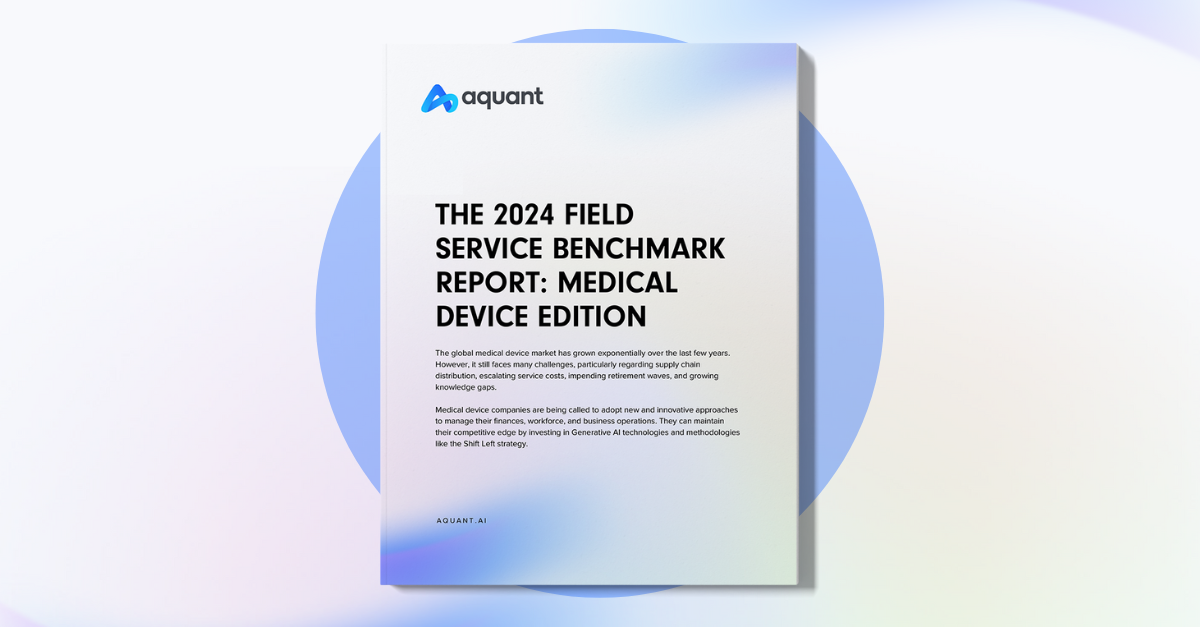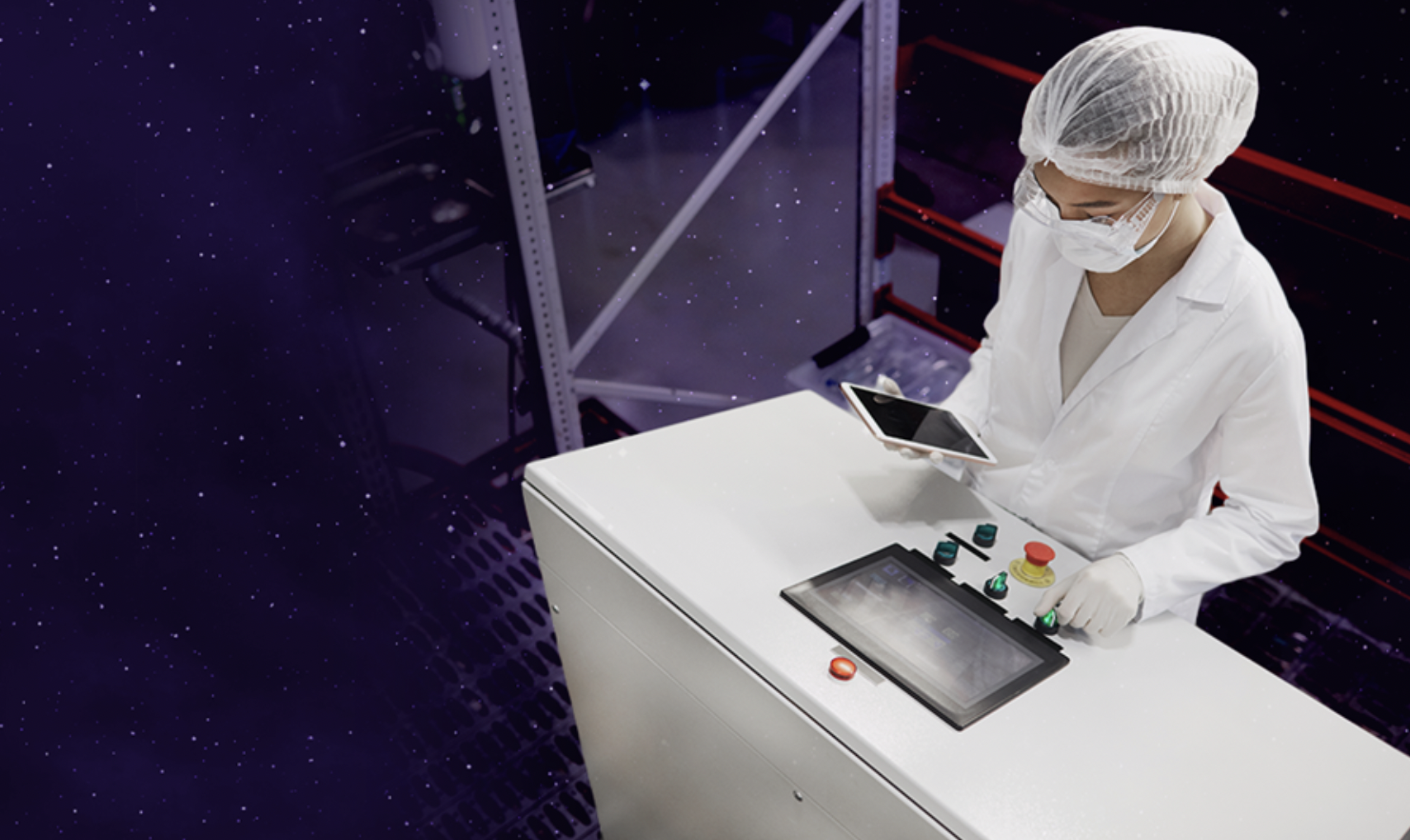The rapid growth of the Internet of Things (IoT) and the number of connected devices over the last decade was forecasted to radically change business operations and simplify maintenance and repair projects, especially for industries like manufacturing, healthcare, and automotive. As we enter 2020, service leaders have expressed their disappointment in the hype that got ahead of reality. However, it’s not all a technological mirage.
What is Predictive Maintenance?
And are we there yet?
Almost. But you need the right AI tools to cut through the data clutter. There are tools and strategies to leverage the information generated by all those connected devices and ultimately use that data to create a robust predictive maintenance program.
IDC estimates there will be 41.6 billion connected IoT devices generating 79.4 zettabytes (ZB) of data in 2025. That data holds the potential for successful predictive maintenance, resulting in more uptime, fewer unscheduled events, and lower operational costs. While analysts and experts have been spot-on about the rise of IoT devices, the problem that those in the field have yet to solve is how to harness, analyze, and glean actionable insights from the data overload. And that’s what kept the majority of organizations from realizing the significant potential of predictive technologies.
Where exactly has IoT fallen short?
Service leaders across industries point to the following as barriers that are preventing them from successfully deploying large-scale preventative maintenance projects.
- Accuracy of connected device signals
- Ability to interpret data output
- Warning signals that don’t provide insight into the cause of the alarm
- Amount of unusable or bad data
- Lack of real-time feedback
- An overabundance of IoT metadata, which cannot be easily categorized
Ultimately, the above list results in over-maintenance, higher service costs, more downtime, and overall gaps in service — the exact opposite of what IoT promised for service.
IoT Potential and Real Predictive Maintenance Solutions
How AI Tools Bridge the Gap
It’s all in the data, or more accurately, how you parse, analyze, and respond to it. When combined with AI-driven triage tools (which analyze hidden data, find patterns, and deliver automated insights), service teams can quickly and more accurately act on those IoT output signals. Providing the company:
-
A more holistic outlook across the organization.
Connected devices get a bad rap, because, well, they still aren’t truly connected. Machines don’t always talk to other machines, and in most organizations, there’s no central nervous system and brain that monitors the pulse of all the information as a whole.AI software can provide that missing nervous system, collecting and analyzing ALL information, leading to the successful completion of predictive and reactive jobs. It’s able to do this by linking IoT feedback with other historical data across the organization, including from FSM, CRM, ERP, and other systems to provide a complete picture of what’s really going on with the machine.
-
Deeper, more accurate insight into the root cause of predicted failures.
Even when connected devices do send signals to monitoring systems, the alerts can be cryptic. A proactive error message warning that a machine needs maintenance to prevent a break doesn’t always say WHAT the problem is. Actually, that’s the case most of the time.AI-driven triage tools get smarter over time, gaining a deep understanding of the machines your technician’s service and the common problems and solutions. Based on historical and real-time data, the system asks service pros a series of questions, then narrows down the most likely scenario, including the root cause of the expected failure, parts needed, and any additional or tangential issues.Techs arrive empowered to make the right decisions about alerts. Instead of taking an experimental approach and swapping out unnecessary parts, or walking away with a ‘no-fault-found’ diagnosis, service pros are more likely to complete the predictive maintenance job right the first time.
-
Ability to perform opportunistic maintenance
With deep insights into what’s working and what is expected to fail (and when), service techs can schedule and even complete maintenance work while on-site before a machine sends out a warning signal. That could mean looking into multiple predictive issues of one machine or performing maintenance work on numerous pieces of equipment at a location during a single service call — all based on what the AI-driven triage platform recommends.Proactive, predictive maintenance that’s driven by IoT sensors is possible because the triage tool understands the machine’s history, and can make highly accurate predictions about what will go wrong and why.
Whether a service organization is trying to hit standard KPIs by incorporating a more proactive approach or working towards a larger, IoT-powered digital transformation, AI-driven triage is the missing piece of the puzzle. It’s what brings together historical service data and IoT outputs and converts the static information into prescriptive insights.
Get started with Aquant today and start making IoT predictive maintenance work for you with an AI-driven platform.
Recent Posts
-

AI and Shift Left Will Propel Success in Medical Device Service, Says New Aquant Report
Read More »March 05, 2024 Janice Camacho -

The Power of AI in Service Management: A Journey Towards Boosting Efficiency and Customer Satisfaction
Read More »February 20, 2024 Courtney Stafford







